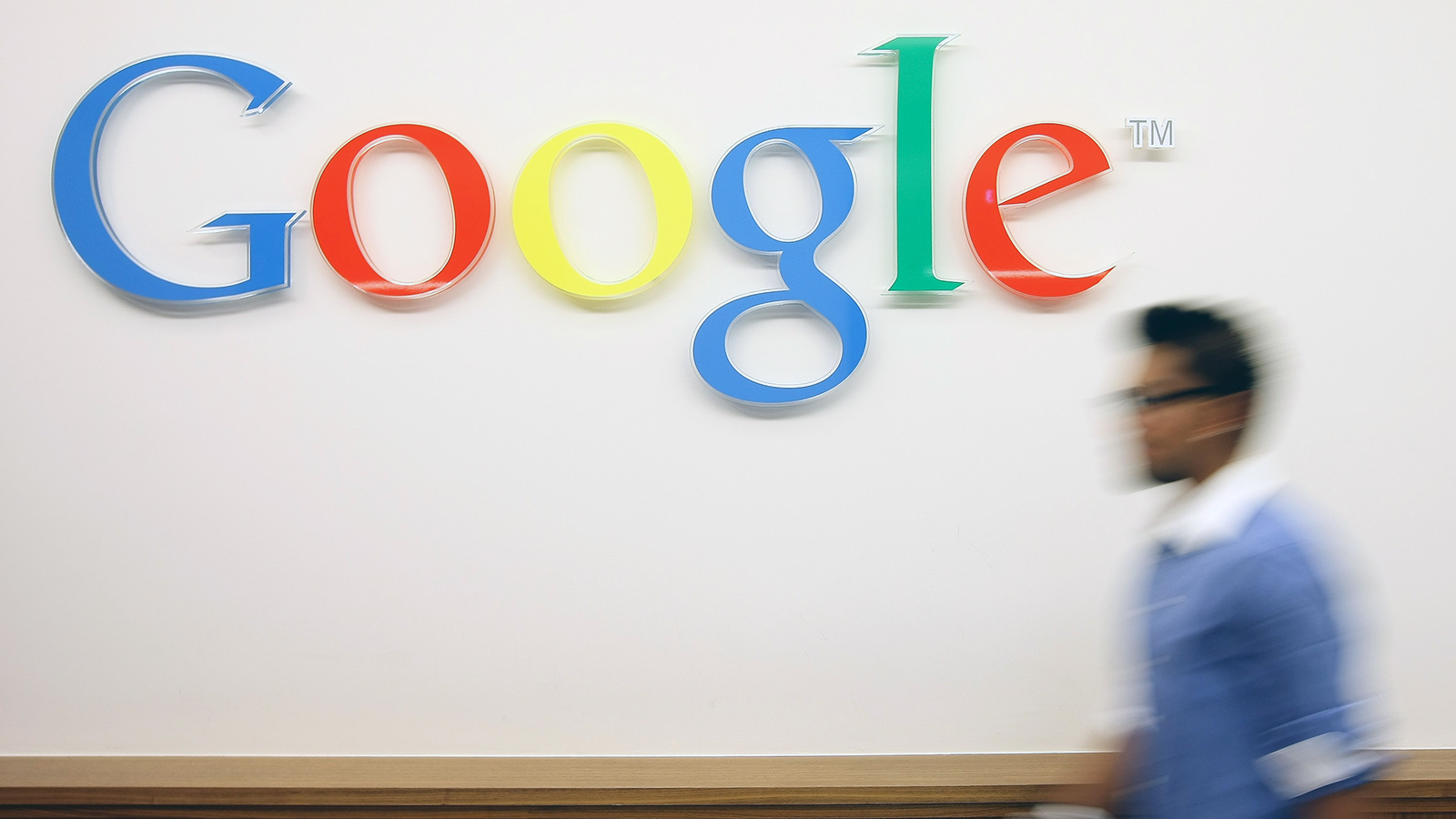The world of search engine optimization is an ever-changing puzzle. It can feel overwhelming to tackle the SEO of your website, but it doesn\’t have to! Come along as we explore the implications of Google\’s newest core algorithm update!
What is it?
Page Experience Update, Google’s latest core algorithm update, was announced late 2020 and went into effect gradually from June to August 2021.
Unlike regular algorithm updates, which Google makes almost constantly without acknowledging, this is a core algorithm update. That means it is a much larger update Google announces before or near the time of implementation.
As the name suggests, this update is all about improving user page experience. We\’ve all been frustrated with sites that are slow, full of pop-ups, or suddenly move around just as you are trying to read or click on something.
Before this update, Google was already using four page experience signals:
- Mobile Friendly
- Safe Browsing
- HTTPS
- No Intrusive Intersitials
The Page Experience Update adds three new signals, called Core Web Vitals:
- Loading
- Interactivity
- Visual Stability
Let’s explore what they all mean and how to optimize your site for each one!
Existing Page Experience Signals
As we discussed above, four of the existing User Experience metrics have been included in the update. How do you make sure your site is performing well in all of these areas?
- Mobile Friendly: make sure your site looks and works well on mobile devices
- Safe browsing
- HTTPS (Hypertext transport protocol security): make sure your site is secure and malware-free
- No Intrusive Interstitials: basically, no pop-ups other than age verifications and cookie consent
Now let\’s see what those exciting NEW signals are all about!
New Core Web Vitals
Largest Contentful Paint (LCP)
This measures the time it takes for the main content of your page to load, such as large images and text blocks, compared to when the page first started loading. A good LCP score is 2.5 seconds or less.
We all know slow websites make for a frustrating browsing experience, so it makes sense for Google to prioritize this as part of user experience.
First Input Delay (FID)
This measures the time from when a user first interacts with your page (clicks on a link, button, or key) to when the browser fulfills it.
If your FID reaches 300 milliseconds or more, your site will be penalized by the algorithm. A score below 100 milliseconds is considered great and will be rewarded.
Cumulative Layout Shift
Cumulative Layout Shift (CLS) measures visual stability. This means that the layout won’t shift while you are in the middle of reading or clicking on something – a truly frustrating experience most of us have had.
What To Do About It
The best way to optimize your website for the new core web vitals update is to make sure your site loads fast, becomes interactive quickly and stays put where the viewer wants it. Some good ways to do this are:
- Compress large images
- Lazy loading of less important content
- Remove any unused/unnecessary code
- Scale images to correct size
You can check on how your website is doing and get specific tips to improve by using tools like Google PageSpeed Insights and Google Analytics dashboard. For a deeper dive into all the ways to measure and improve your Page Experience metrics, click here.
If all this seems a little overwhelming, or you simply have too much on your plate to devote time to SEO, let us do the work for you!
We offer a total online presence audit of your business\’s online presence to make sure your website is working for you. Our team of dedicated marketing professionals will take a deep dive into the SEO, branding, design and performance of your site and make suggestions for improvement.
As a certified Duct Tape Marketing organization, First Call Web has the expertise, experience and resources to help you get from where you are to where you want to be. If you need help with your marketing, we are here to help. Call for a free consultation today.








